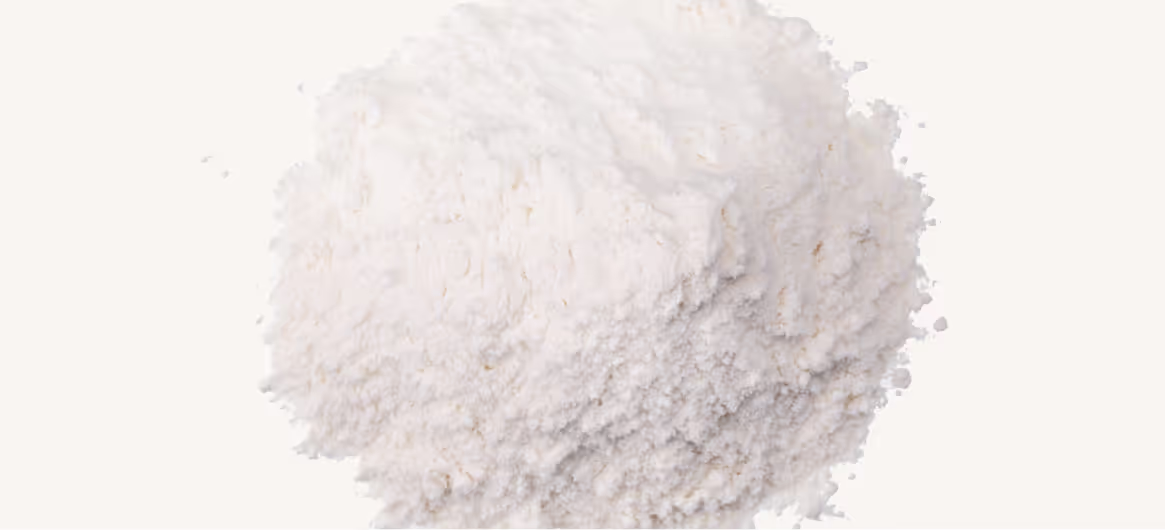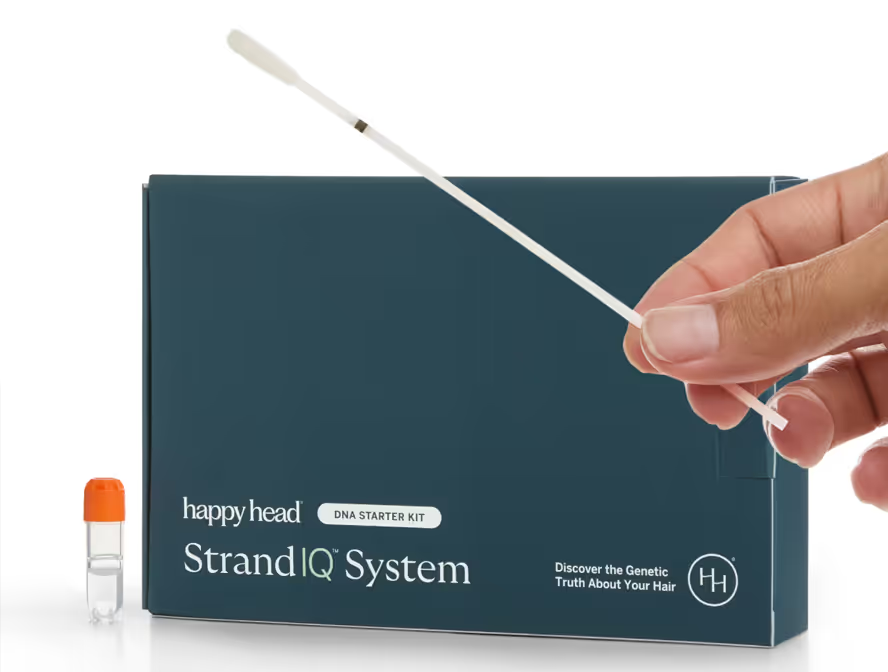Dutasteride is a prescription treatment originally developed for an enlarged prostate (benign prostatic hyperplasia). It’s now also used to slow or even reverse male pattern hair loss by blocking the enzymes that turn testosterone into DHT—the hormone that causes hair follicles to shrink. With less DHT, hair is better protected and, in many cases, can grow back thicker and stronger.
While dutasteride is not currently FDA-approved for hair loss in the U.S., it is approved in other countries for this purpose and is often prescribed off-label. It works much like finasteride but blocks more forms of the enzyme that create DHT, making it more potent. That extra strength can mean better results for some, but it also raises considerations about potential side effects.
The Genetics of Dutasteride Response
Your genetic makeup can influence how well you respond to dutasteride. Variants in the SRD5A1 and SRD5A2 genes can alter the activity of the enzymes dutasteride targets. Individuals with more active variants may produce higher DHT levels and could see greater benefit from dutasteride’s dual inhibition. On the other hand, certain androgen receptor (AR) gene variants can impact how sensitive your follicles are to DHT, which may determine how much hair preservation or regrowth is achievable.
Additionally, genetics may influence how quickly your body metabolizes the drug. Variants in liver enzyme genes, particularly CYP3A4, can affect drug clearance rates, potentially impacting both effectiveness and side effect risk.
Likelihood Levels Explained
Happy Head’s StrandIQ™ analysis breaks down your dutasteride response likelihood based on a combination of genetic markers, hormone metabolism patterns, and follicle DHT sensitivity.
- Low likelihood means your genetic profile suggests less sensitivity to DHT or slower hair loss progression, so dutasteride may offer modest benefits.
- Moderate likelihood means you have genetic factors that could respond reasonably well, making dutasteride a viable consideration with proper monitoring.
- High likelihood means your genetic makeup indicates strong potential benefit, often due to high DHT activity and sensitivity, making dutasteride potentially impactful.
Targeted Strategies for Dutasteride Based on Likelihood Level
Low Likelihood: Supporting Overall Scalp Health
If your genetics suggest only mild sensitivity to DHT, dutasteride may offer limited results, so supporting scalp health through complementary treatments is key.
- Focus on combination therapy
Pair dutasteride with proven topical treatments like minoxidil or low-level laser therapy for a more comprehensive approach. - Lifestyle and nutrition
Maintain a balanced diet rich in antioxidants, omega-3 fatty acids, and zinc to help protect and nourish hair follicles. - Regular monitoring
Work with your Happy Head dermatologist to track hair density and scalp health to evaluate if dutasteride is delivering sufficient benefit.
Moderate Likelihood: Optimizing Effectiveness
With genetics indicating a moderate DHT response, dutasteride could be effective, especially when paired with other targeted hair restoration strategies.
- Time and consistency
Dutasteride’s effects can take 6–12 months to show. Commit to consistent daily use under medical guidance. - Complementary treatments
Consider adding platelet-rich plasma (PRP) therapy or microneedling to stimulate follicle activity. - Manage side effects proactively
Monitor hormonal changes with your provider, and if needed, adjust dosage or add supportive therapies to reduce unwanted effects.
High Likelihood: Maximizing Results
If your genetic profile points to high DHT activity and follicle sensitivity, dutasteride has strong potential to protect and regrow hair when used proactively.
- Early intervention
Start dutasteride at the first signs of thinning to preserve the maximum number of follicles. - Aggressive combination regimen
Use alongside minoxidil, PRP, and anti-inflammatory scalp treatments to target multiple hair loss pathways. - Ongoing assessment
Work with your Happy Head dermatologist to monitor regrowth and adjust regimen as needed.
Next Steps for Personalized Hair Loss Care
If you’re considering dutasteride, understanding your genetic profile can help predict its potential impact and guide a personalized treatment plan. Working with a Happy Head board-certified dermatologist can integrate genetic insights to ensure that you choose the most effective, tailored approach for your hair loss stage and type.
Resources
StrandIQ SNP Marker Count: 6
StrandIQ Genes for Trait:
SRD5A1, SRD5A2
References:
Ellis, J.A., et al. (2005). Androgenic correlates of genetic variation in the gene encoding 5alpha-reductase type 1. Journal of Human Genetics, 50(10), 534–537. PMID: 16155734.
Escamilla-Cruz, M., et al. (2023). Use of 5-alpha reductase inhibitors in dermatology: A narrative review. Dermatology and Therapy (Heidelberg), 13(8), 1721–1731. PMID: 37432644.
Ha, S.J., et al. (2003). Analysis of genetic polymorphisms of steroid 5alpha-reductase type 1 and 2 genes in Korean men with androgenetic alopecia. Journal of Dermatological Science, 31(2), 135–141. PMID: 12670724.
Hayes, V.M., et al. (2007). 5alpha-reductase type 2 gene variant associations with prostate cancer risk, circulating hormone levels and androgenetic alopecia. International Journal of Cancer, 120(4), 776–780. PMID: 17136762.
Li, X., et al. (2011). Meta-analysis of three polymorphisms in the steroid-5-alpha-reductase, alpha polypeptide 2 gene (SRD5A2) and risk of prostate cancer. Mutagenesis, 26(3), 371–383. PMID: 21177315.
Makridakis, N., Reichardt, J.K. (2005). Pharmacogenetic analysis of human steroid 5 alpha reductase type II: comparison of finasteride and dutasteride. Journal of Molecular Endocrinology, 34(3), 617–623. PMID: 15956333.
Rhie, A., et al. (2019). Genetic variations associated with response to dutasteride in the treatment of male subjects with androgenetic alopecia. PLoS One, 14(9), e0222533. PMID: 31525235.
Vila-Vecilla, L., Russo, V., de Souza, G.T. (2024). Genomic markers and personalized medicine in androgenetic alopecia: A comprehensive review. Cosmetics, 11(5), 148.
Villapalos-García, G., et al. (2021). Effects of Cytochrome P450 and transporter polymorphisms on the bioavailability and safety of dutasteride and tamsulosin. Frontiers in Pharmacology, 12, 718281. PMID: 34690761.
Xiao, Q., et al. (2020). Structure of human steroid 5α-reductase 2 with the anti-androgen drug finasteride. Nature Communications, 11(1), 5430. PMID: 33110062.
Zeng, X.T., et al. (2017). Association between SRD5A2 rs523349 and rs9282858 polymorphisms and risk of benign prostatic hyperplasia: A meta-analysis. Frontiers in Physiology, 8, 688. PMID: 28955247.
This content, including StrandIQ™ DNA analysis reports and any Happy Head products and/or services referenced therein, is for informational and cosmetic purposes only. It is not intended to diagnose, treat, cure, or prevent any disease. This content does not constitute medical advice and should not be used to make healthcare decisions. References to prescription treatments are educational in nature. Always consult a licensed healthcare professional for any medical concerns or treatment decisions.








.avif)

